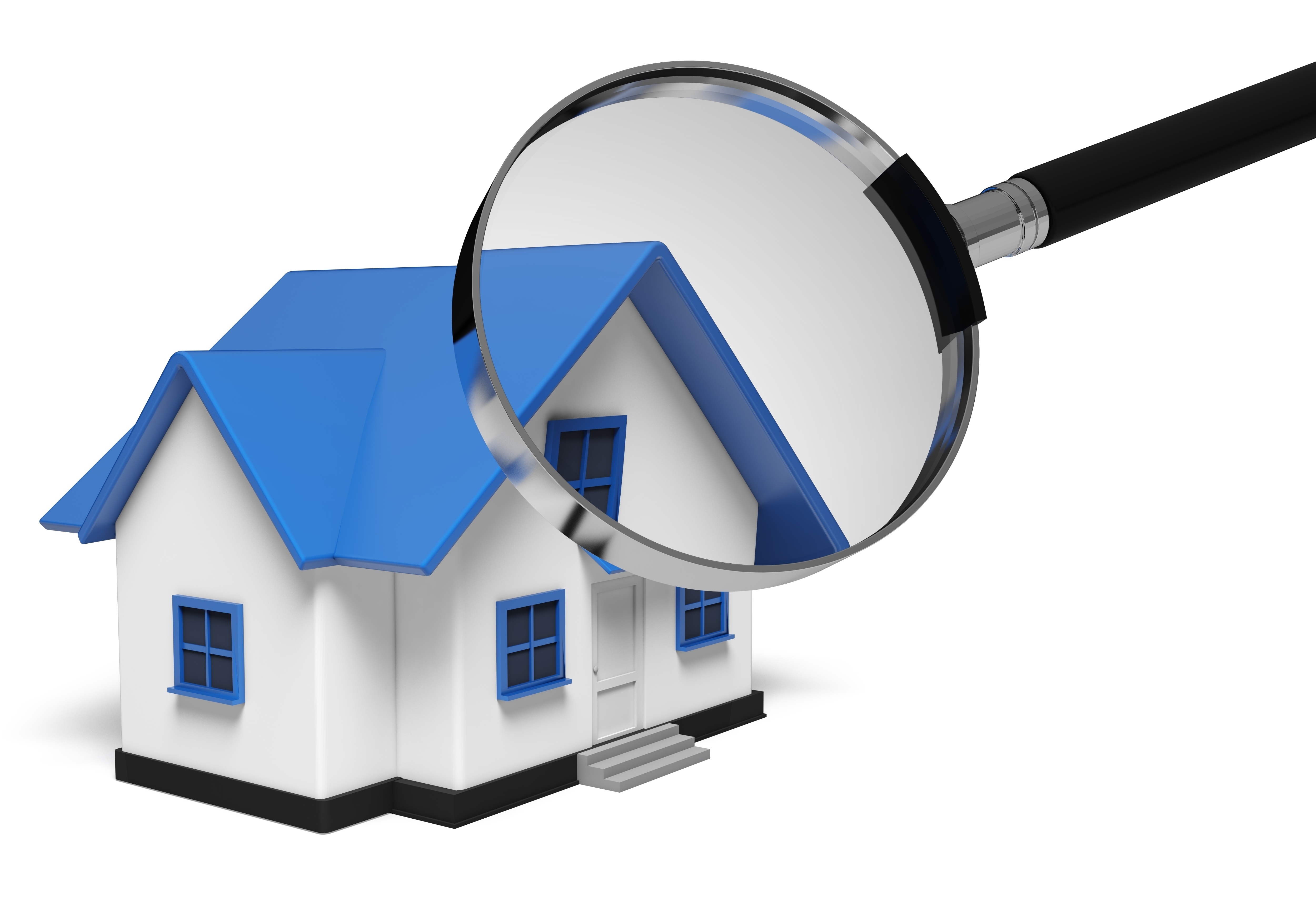
What Are the Parts of an Appraisal?A home purchase is the most important transaction most of us may ever consider. Whether it's where you raise your family, a seasonal vacation home or a rental fixer upper, purchasing real property is a detailed transaction that requires multiple people working in concert to see it through. The majority of the parties participating are quite familiar. The most known person in the exchange is the real estate agent. Next, the mortgage company provides the money necessary to finance the exchange. And the title company sees to it that all aspects of the exchange are completed and that the title is clear to pass from the seller to the purchaser. So, what party makes sure the value of the property is in line with the amount being paid? This is where the appraiser comes in. We provide an unbiased opinion of what a buyer could expect to pay — or a seller receive — for a property, where both buyer and seller are informed parties. A licensed, certified, professional appraiser from Megunticook Appraisal, LLC will ensure, you as an interested party, are informed. The inspection is where an appraisal beginsOur first responsibility at Megunticook Appraisal, LLC is to inspect the property to ascertain its true status. We must physically view aspects of the property, such as the number of bedrooms and bathrooms, the location, amenities, etc., to ensure they truly exist and are in the condition a typical person would expect them to be. The inspection often includes a sketch of the property, ensuring the square footage is accurate and conveying the layout of the property. Most importantly, the appraiser identifies any obvious features - or defects - that would have an impact on the value of the house. Following the inspection, an appraiser uses two or three approaches to determining the value of real property: paired sales analysis and, in the case of a rental property, an income approach. 
Cost ApproachHere, the appraiser analyzes information on local building costs, labor rates and other elements to ascertain how much it would cost to replace the property being appraised. This estimate often sets the upper limit on what a property would sell for. The cost approach is also the least used method. 
Sales ComparisonAppraisers can tell you a lot about the neighborhoods in which they work. They thoroughly understand the value of particular features to the people of that area. Then, the appraiser researches recent transactions in the area and finds properties which are 'comparable' to the subject at hand. By assigning a dollar value to certain items such as square footage, extra bathrooms, hardwood floors, fireplaces or view lots (just to name a few), we add or subtract from each comparable's sales price so that they are more accurately in line with the features of subject property.
An opinion of what the subject could sell for can only be determined once all differences between the comps and the subject have been evaluated. At Megunticook Appraisal, LLC, we are an authority when it comes to knowing the value of particular items in Rockport and Knox County neighborhoods. This approach to value is most often given the most consideration when an appraisal is for a home sale. Valuation Using the Income ApproachA third method of valuing a house is sometimes applied when a neighborhood has a measurable number of renter occupied properties. In this situation, the amount of income the real estate produces is taken into consideration along with other rents in the area for comparable properties to derive the current value. Putting It All TogetherCombining information from all approaches, the appraiser is then ready to stipulate an estimated market value for the property in question. It is important to note that while this amount is probably the strongest indication of what a house is worth, it probably will not be the final sales price. It's not uncommon for prices to be driven up or down by extenuating circumstances like the motivation or urgency of a seller or 'bidding wars'. Regardless, the appraised value is typically used as a guideline for lenders who don't want to loan a buyer more money than the property is actually worth. Here's what it all boils down to, an appraiser from Megunticook Appraisal, LLC will guarantee you get the most accurate property value, so you can make profitable real estate decisions. |